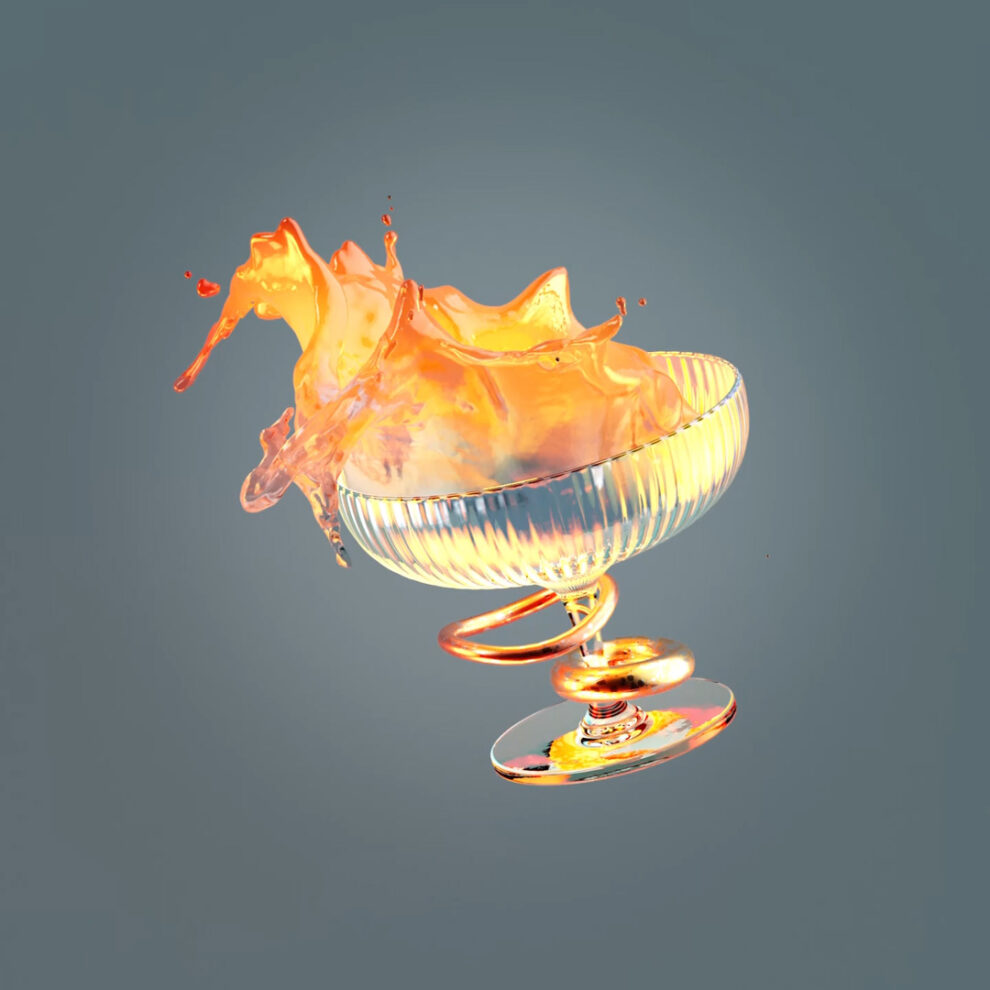Forgotten gems by Richard Strauss
From chamber works, operas, and even a world premiere of a piece by Richard Strauss in 1985, this survey may bring to your attention some new works by the maestro.
As we inch closer to the special one-night performance of Richard Strauss’ extraordinary opera, Capriccio, we’d like to offer you a taste of some lesser-known works by one of the 20th century’s most famed composers that aren’t common in the repertoire.
Known primarily as a composer of opera and programmatic orchestral tone poems, you may not know that between 1912 and 1914 Strauss wrote a ballet, called Josephslegende. (For clarification, tone poems are works written purely for an orchestra, often depicting a story. An example is the remarkable Alpine Symphony).
This work was written for the Ballet Russes, the well-known company led by infamous impresario Sergei Diaghilev, based on the story of Potiphar’s Wife from the bible. The idea of the work was introduced by Strauss’ long-time librettist and collaborator Hugo von Hofmannsthal and was composed in the years between two of their collaborations; Ariadne auf Naxos (1912) and Die Frau ohne Schatten (1911-17). The titular role was danced by Nijinsky, who also choreographed the work. The work was written for a large orchestra and featured the conductor on the podium for the premiere.
As a famed composer for theatre, Strauss isn’t the first name one thinks of for works for choir. However, his charming work Taillefer, a “ballad cantata” from 1903 is a wonderful example of how the master of writing for voice and orchestra comes together in a piece of sung concert music. The text is derived from the medieval tale of Taillefer, set in the court of William the Conqueror, and was written for the centenary of the Heidelberg University. It premiered on the same day as they awarded Strauss with an honorary doctorate.
So far, we’ve only spoken of works for large forces. Strauss stands as one of the great orchestrators of music. When we talk about composition generally, we talk about two separate activities – writing the notes on the page and then how those notes and chords are written out and orchestrated for the intended ensemble. Strauss was one of the greats in this field, and his Treatise on Instrumentation from 1904, based on the original by French composer Hector Berlioz, is still studied and used by composers to this day.
However, Strauss did write some charming works for smaller forces. One such work is the Violin Sonata from 1888, one of his most well know works for smaller forces. Following in a string (no pun intended) of sonatas, one for cello and piano, and one for piano solo, this lyrical work was written when the composer was 24 years old and falling in love with the woman who would become his wife, Pauline de Ahne, a soprano whom Strauss would write several songs and operatic roles for during their life together.
His two landmark operas Salome and Elektra, which premiered 1905 and 1909 respectively, stand out as two of the greatest achievements in 20th-century music. These two works hold a strong position in the repertoire with regular performances across the world. However, Strauss’ early and lesser-known operas are worth a listen, particularly his second Feuersnot (Need for fire) from 1901. It is interesting to think of why this work, which was a huge success in its day, did not receive further acclaim and is now relatively unknown. We must theorise that the absolutely huge success and scandalous sexual content of Salome and Elektra simply overshadowed this earlier success. This irreverent and cynical work, born in the Weimar Republic, proved to be a huge hit across the German-speaking world, pushing the envelope not only musically but also with its psycho-sexual subtext. As the great conductor and director of the opera in Vienna Gustav Mahler wrote in 1901 to Strauss about its premiere there “Concerning Feuersnot, the censor seems, horribile dictu, to be making difficulties, since the work has not yet been passed, so that I am not in a position to send the contracts to Fuerstner. I fear you may have to accept changes … Alas, there is no placating these powers.” The piece went on to a performance that Strauss loved, but the Viennese rejected. However, the work went on to be performed in Germany and across the world, well into the 1950s.
To round out our journey of lesser-known works by Richard Strauss, we must of course end with a song, and one for a soprano voice, the medium that made Strauss famous. The final piece to mention is the song Malven (Mallows) from 1948, which remarkably received its world premiere in 1985, by Kiri Te Kanawa. The manuscript was sold at auction in 1984 as part of the estate of Maria Jeritza, a Moravian soprano who sang the premiere of Ariadne auf Naxos and Die Frau ohn Schatten, a friend and suspected lover of Strauss’ and who was well known as a performer at the Metropolitan Opera in New York. This song is presumed to be the last composition by Strauss, finished just after the Four Last Songs, in Montreux, Switzerland, November 1948.
By Evan Lawson.
